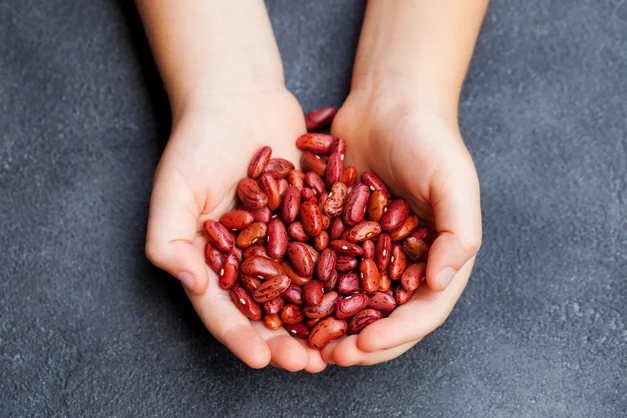Earlier this week, significant findings were presented at the Society for Nutrition Education and Behavior’s (SNEB) International Conference 2024, revealing a strong association between increased pulse consumption and notable health benefits in American children.
The study utilized data from the National Health and Nutrition Examination Survey, covering the years 2001-2018, to analyze dietary patterns involving pulses (such as beans, peas, and lentils) among American children. Researchers aimed to assess nutrient intake deficiencies and overall diet quality in children consuming pulses compared to those who do not include pulses in their diet. The results indicated that children who consumed more pulses exhibited a substantially greater intake of essential nutrients compared to those following a no-pulse dietary pattern.
Key Findings
According to the research, children who included approximately two servings of pulses daily in their diet had significantly higher overall diet quality scores. These children also showed increased intake of dietary fibre, potassium, and choline, essential nutrients that are often lacking in children’s diets.
The Nutritional Power of Pulses
Pulses are rich in fibre, folate, potassium, and plant protein, offering iron and zinc similar to other protein-rich foods. Despite their nutritional benefits, pulses remain underconsumed in the United States, with over 80% of the population not meeting the recommended intake levels. The study underscores the importance of including pulses in children’s diets, especially when solid foods are introduced, to help meet their micronutrient needs.
Implications for Public Health
Research demonstrates that incorporating pulses into children’s diets from an early age can help meet essential micronutrient needs. Dietary patterns rich in beans and pulses (including kidney beans, black beans, pinto beans, and chickpeas) are linked to significantly higher diet quality scores. These dietary improvements correlate with a 24% decreased risk of cardiovascular disease, a 31% reduced risk of coronary heart disease, a 20% lowered risk of stroke, a 23% decreased risk of diabetes, and a 6% reduced risk of cancer.
Expert Opinion
“This research supports the growing body of evidence that consumption of pulses may have numerous nutrient and public health benefits,” the study authors noted. “The Dietary Guidelines for Americans 2020 – 2025 and the USDA’s Choose My Plate indicate that beans, chickpeas, peas, and lentils can be considered as part of the vegetable or protein groups.”
Conclusion
The study presented at the SNEB International Conference 2024 emphasizes the critical role of pulses in enhancing diet quality and nutrient intake among American children. Incorporating pulses into children’s diets can address nutrient deficiencies and contribute to long-term health benefits, making them a vital component of a balanced diet.

